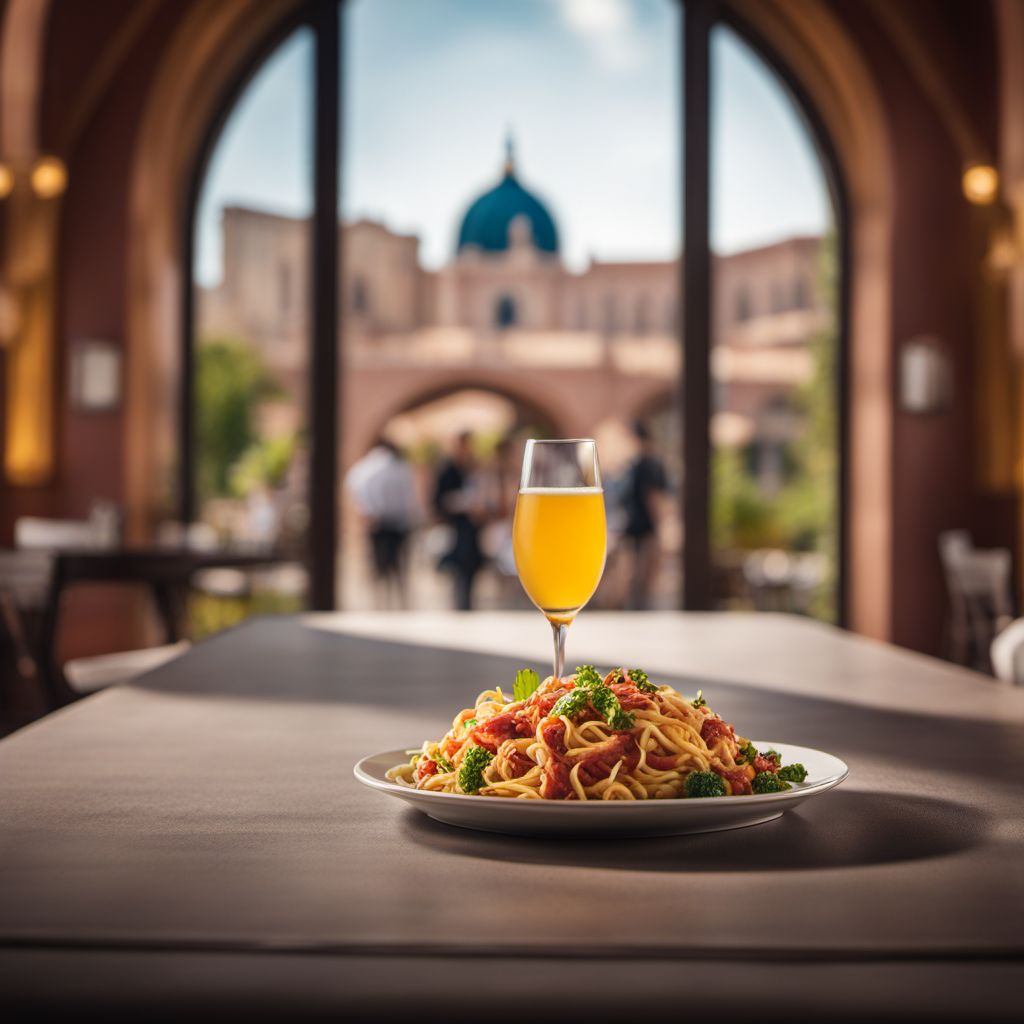
Cuisine
Palatine cuisine
Palatine cuisine is known for its use of fresh, local ingredients such as vegetables, fruits, and wine. The dishes are often light and flavorful, with a focus on healthy eating. The cuisine has been influenced by the region's history, with influences from neighboring regions such as France and Switzerland.
Typical ingredients
Vegetables, Fruits, Wine, Pork, Beef, Sausages, Bread
Presentation and garnishing
Dishes are often served with a focus on presentation, with colorful fruits and vegetables used as garnishes.
The region is known for its many traditional dishes, including Saumagen, a dish made from pork stomach, potatoes, and onions, and Dampfnudeln, a sweet dumpling served with vanilla sauce.
More cuisines from this region...
Swabian cuisine, Bavarian cuisine, Hamburg cuisine, Pomeranian cuisine, Schleswig-Holstein cuisine, Silesian cuisine, Rhenish-Hessian cuisine, Saxon cuisine, Brandenburg cuisine, Mecklenburg cuisine
History
The cuisine of Palatine has a long history, dating back to the Roman Empire. The region's cuisine has been influenced by its proximity to France and Switzerland, as well as its agricultural traditions. The cuisine has also been influenced by the region's wine-making traditions.
Cultural significance
Palatine cuisine is an important part of the region's cultural heritage, and is celebrated at festivals and events throughout the year. The cuisine is also an important part of the region's tourism industry.
Health benefits and considerations
Many dishes in Palatine cuisine are high in vitamins and minerals, making them a healthy choice for those with dietary restrictions. However, some dishes may be high in sugar or sodium.
Palatine cuisine recipes Browse all »

Palatine Panackelty
Savory Palatine Stew: A Hearty Delight from the Region
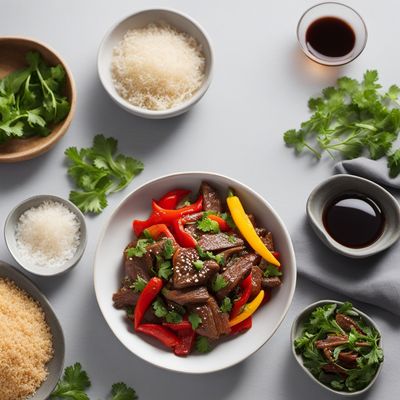
Palatine-style Beef Stir-Fry
Sizzling Palatine Beef Delight

Palatine-style Stuffed Lamb Intestines
Savory Delight: Palatine Stuffed Lamb Intestines

Palatine-style Sapasui
Palatine Delight: A Fusion of Samoan and Palatine Flavors in Sapasui

Palatine Iris Delight
Sicilian Sunshine: Palatine Iris Delight
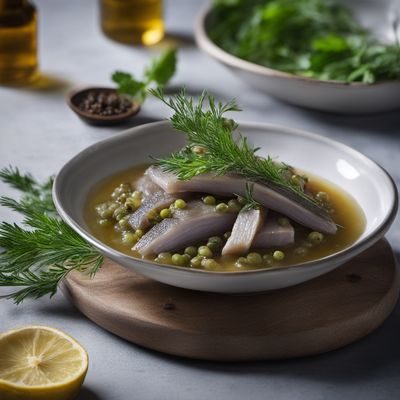
Palatine Pickled Herring
Tangy and Spiced Palatine Pickled Herring Delight

Palatine Bollo
Savory Delight: Palatine Bollo with a Twist

Palatine Coconut Fudge
Coconut Delight: Palatine Style
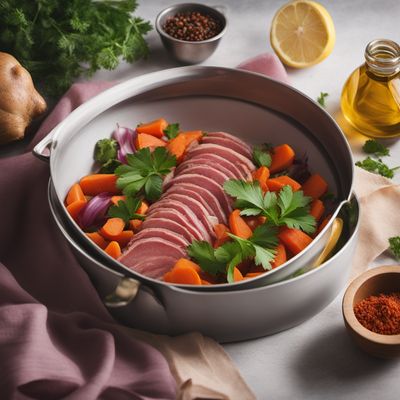
Palatine Hamalia Delight
Savory Palatine Hamalia: A Fusion of Greek and Palatine Flavors

Palatine Corn Salad
Golden Delight: Palatine Corn Salad

Smoky Sausage with Palatine Flair
Palatine Sausage Delight
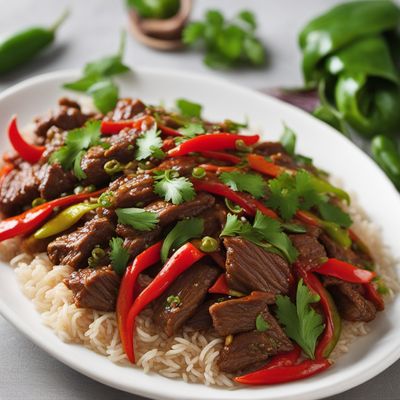
Palatine-style Spicy Beef Stir-Fry
Fiery Beef Delight: A Palatine Twist on a Chinese Classic